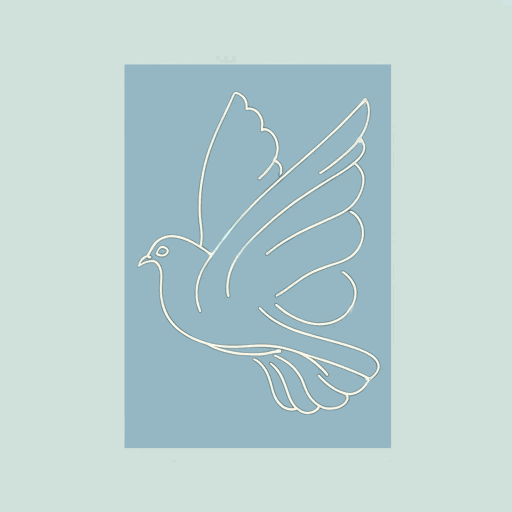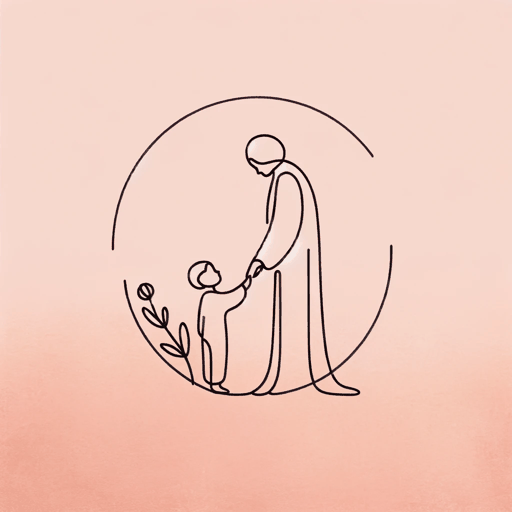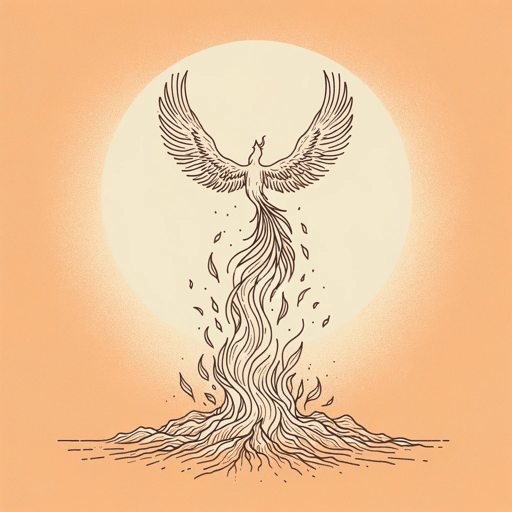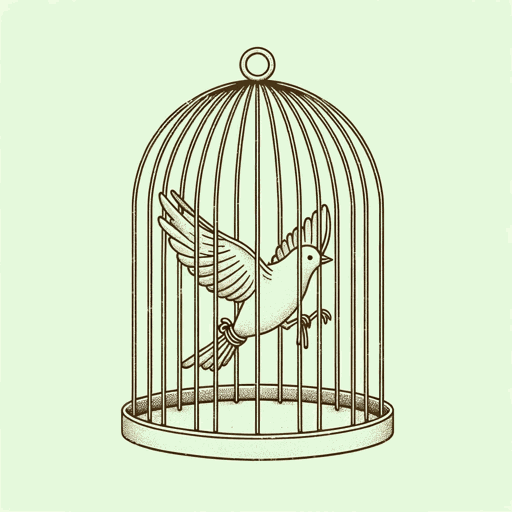38 pages • 1 hour read
Maya AngelouCaged Bird
Fiction | Poem | Adult | Published in 1983A modern alternative to SparkNotes and CliffsNotes, SuperSummary offers high-quality Study Guides with detailed chapter summaries and analysis of major themes, characters, and more. For select classroom titles, we also provide Teaching Guides with discussion and quiz questions to prompt student engagement.
Background
Historical Context
From a historical perspective, this poem aligns itself with the long history of Black people struggling for equality and justice in America. The image of the caged bird singing comes from Paul Laurence Dunbar. Dunbar was one of the first Black poets to rise to prominence in America. Dunbar was born a few years after the end of the Civil War, and his poetry encapsulates many aspects of the Black experience in America during the second half of the 19th century. Critics often consider Dunbar to be one of the first prominent Black poetic voices in America, and they considered him a profound inspiration for many Black writers throughout the 20th century.
Dunbar’s poem “Sympathy” uses the caged bird metaphor to speak about the experiences of people who feel confined. Though Dunbar didn’t necessarily write the poem with slavery in mind, many of its interpretations focus on the Black experience in America during the time of slavery.
Angelou considered “Caged Bird” a continuation of Dunbar’s poem. With that in mind, it is logical to trace the poem’s historical context to the history of Black art in America.
Related Titles
By Maya Angelou

A Brave And Startling Truth
Maya Angelou

All God's Children Need Traveling Shoes
Maya Angelou

A Song Flung Up to Heaven
Maya Angelou

Gather Together in My Name
Maya Angelou

I Know Why The Caged Bird Sings
Maya Angelou

Letter to My Daughter
Maya Angelou

Mom & Me & Mom
Maya Angelou

Mother, A Cradle to Hold Me
Maya Angelou

On the Pulse of Morning
Maya Angelou

Phenomenal Woman
Maya Angelou

Still I Rise
Maya Angelou

The Heart of a Woman
Maya Angelou

The Lesson
Maya Angelou

